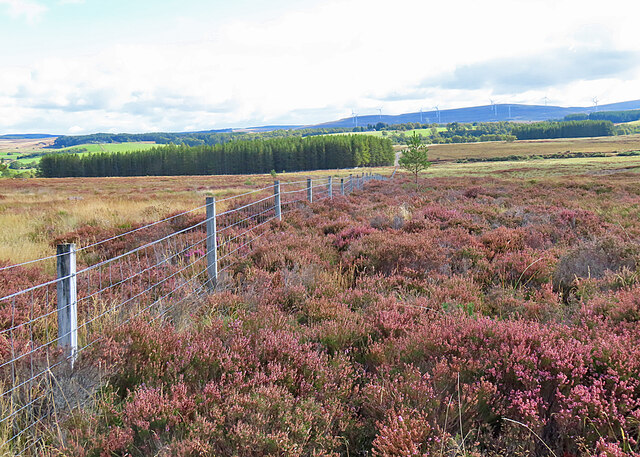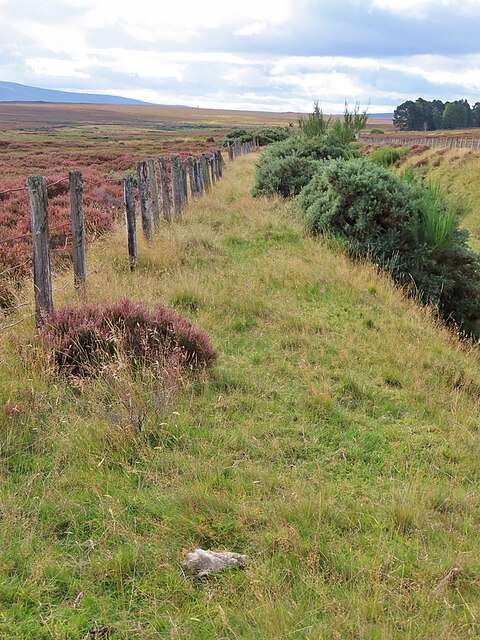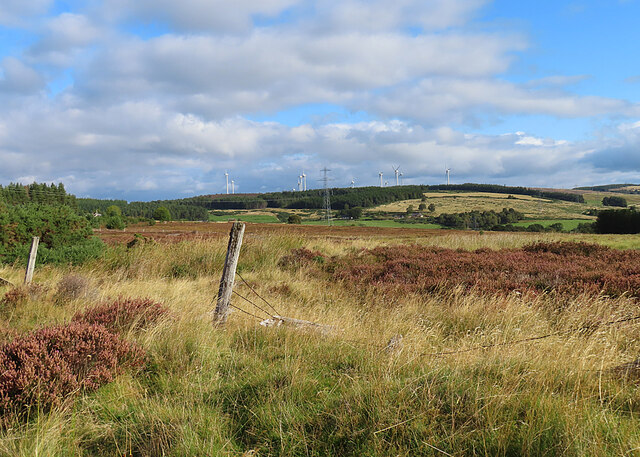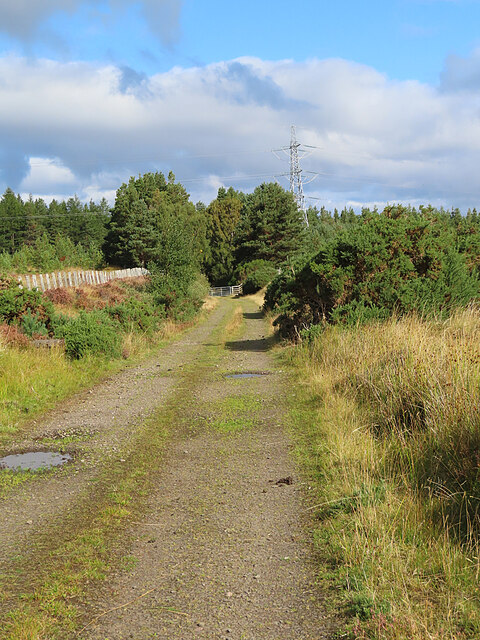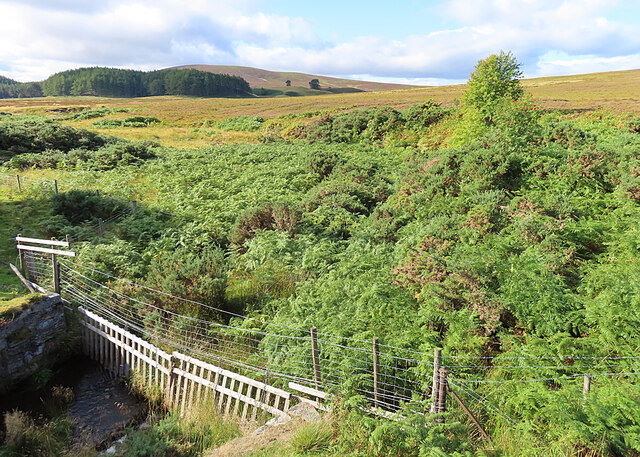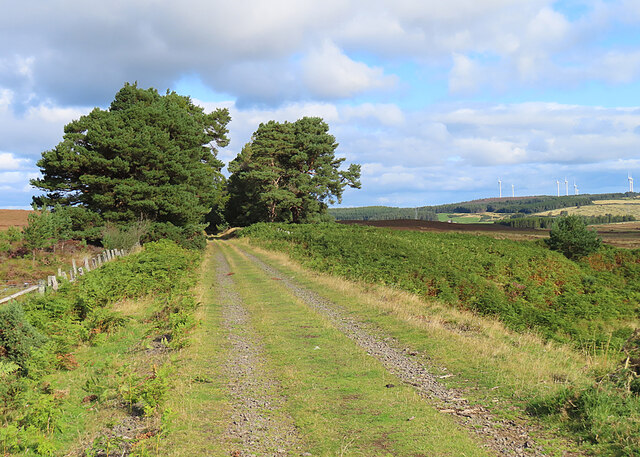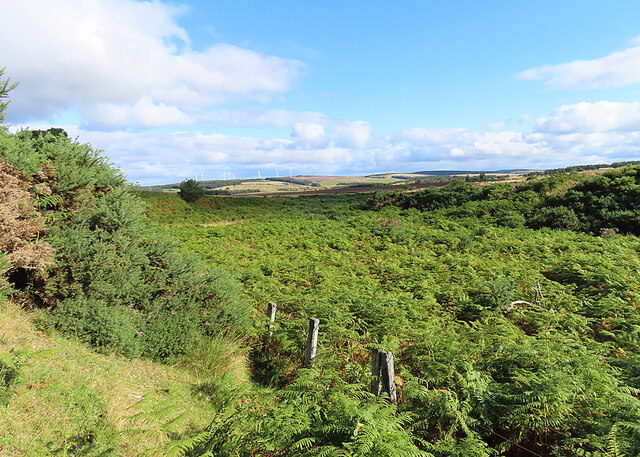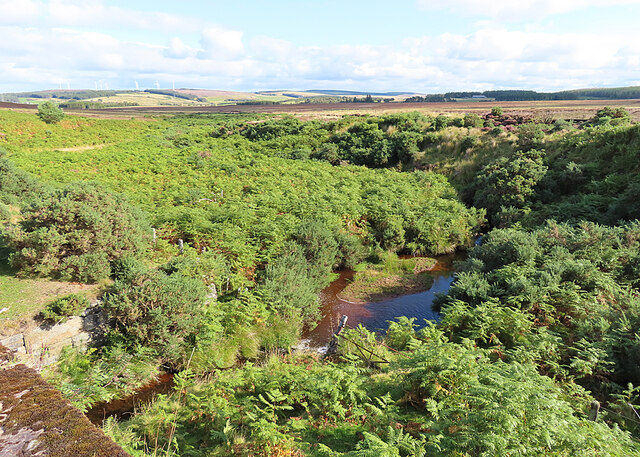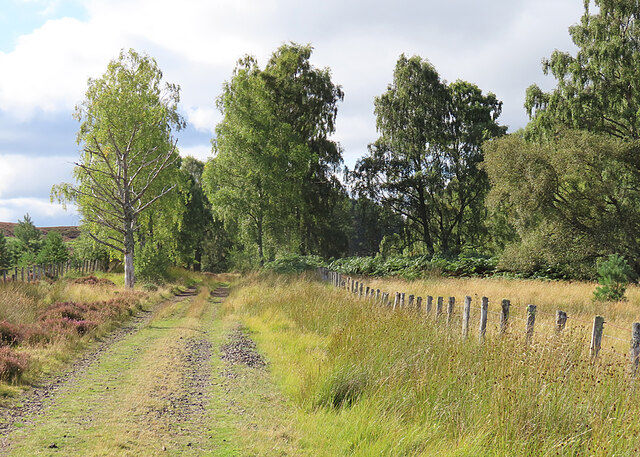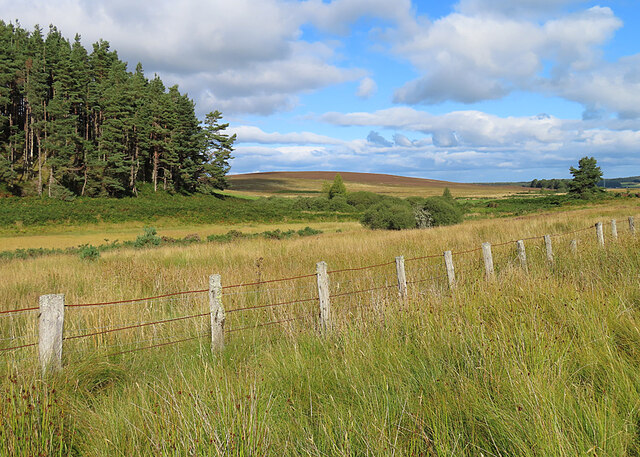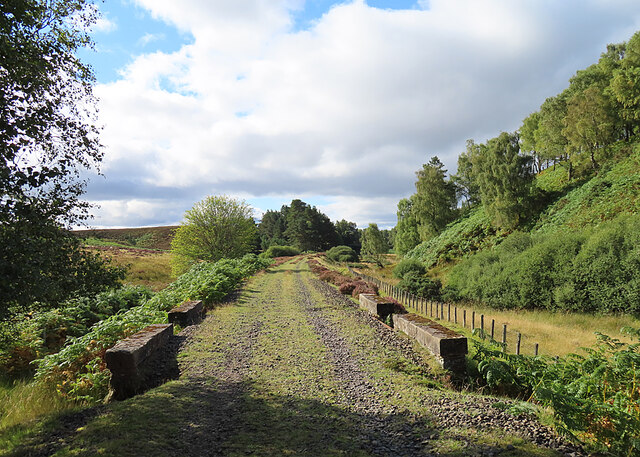Cairn Eney
Hill, Mountain in Morayshire
Scotland
Cairn Eney
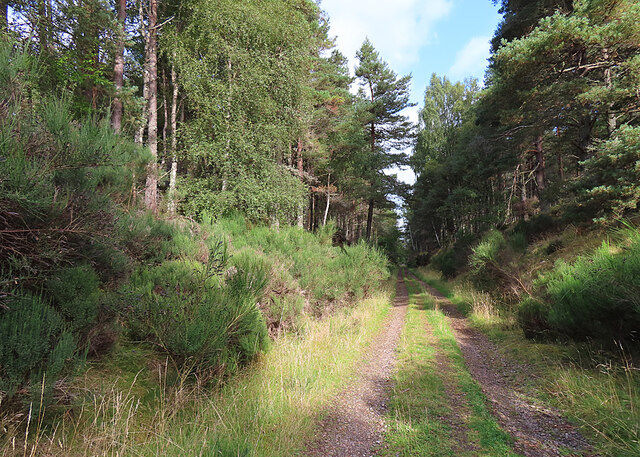
Cairn Eney is a prominent hill located in Morayshire, Scotland. It stands at an elevation of approximately 440 meters (1,444 feet) and is situated in the picturesque countryside of the Scottish Highlands. The hill is part of the larger range known as the Cairngorm Mountains, which are renowned for their stunning natural beauty.
Cairn Eney is characterized by its distinctive summit, which is marked by a large cairn or pile of stones, from which it derives its name. The cairn serves as a navigational marker and has likely been used as such for centuries. It offers breathtaking panoramic views of the surrounding landscape, including the rolling hills, glens, and lochs that make up the Morayshire region.
The hill is relatively accessible, with several walking trails leading to its summit. These trails are popular among hikers and nature enthusiasts, who are drawn to the area's tranquility and stunning vistas. It is also a popular spot for birdwatching, as the hill is home to various species of birds, including the iconic golden eagle.
Cairn Eney is steeped in history and folklore. It is believed to have been a site of ancient rituals and ceremonies, as evidenced by the presence of stone circles and other archaeological remains in the vicinity. The hill continues to be a place of intrigue and fascination, attracting visitors from near and far who are eager to explore its natural wonders and uncover its secrets.
If you have any feedback on the listing, please let us know in the comments section below.
Cairn Eney Images
Images are sourced within 2km of 57.478555/-3.635774 or Grid Reference NJ0244. Thanks to Geograph Open Source API. All images are credited.
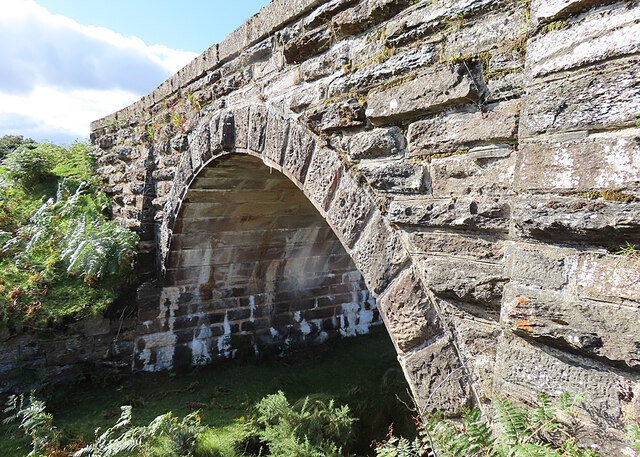
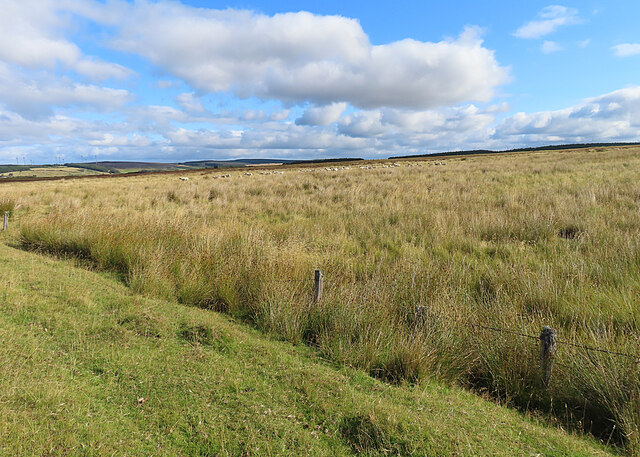
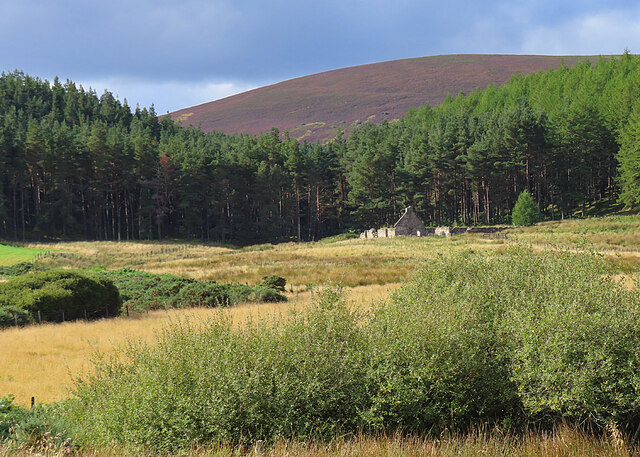
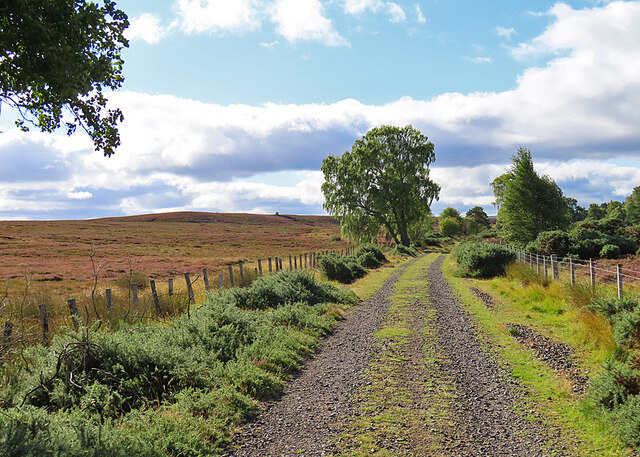
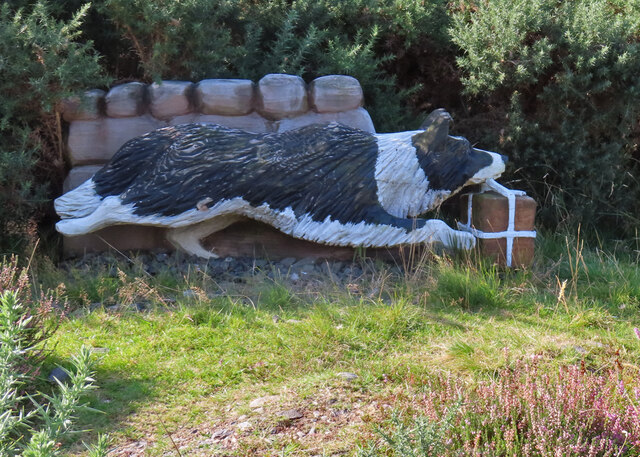
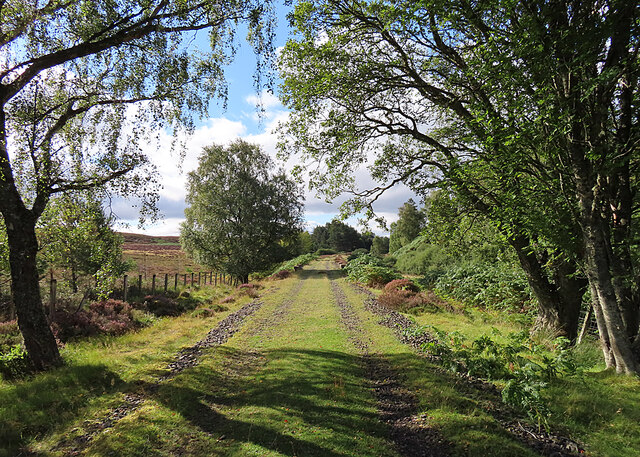
Cairn Eney is located at Grid Ref: NJ0244 (Lat: 57.478555, Lng: -3.635774)
Unitary Authority: Moray
Police Authority: North East
What 3 Words
///increment.unusable.pioneered. Near Forres, Moray
Nearby Locations
Related Wikis
Dorback Burn, Findhorn
The Dorback Burn (Scottish Gaelic: Dorbag / Uisge Dhorbaig) is a right-bank tributary of the River Findhorn in northeast Scotland. It emerges from the...
Edinkillie House
Edinkillie House is a country house in Edinkillie in Moray, Scotland, built in 1822–1823 by John Paterson as a manse for the nearby Edinkillie Church....
Dunphail House
Dunphail House is an Italianate country house in Moray, Scotland. It was designed by William Henry Playfair for Charles Lennox Cumming-Bruce, and was completed...
Dunphail railway station
Dunphail railway station was opened with the Inverness and Perth Junction Railway in 1863. == Station layout == The station layout was double platform...
Nearby Amenities
Located within 500m of 57.478555,-3.635774Have you been to Cairn Eney?
Leave your review of Cairn Eney below (or comments, questions and feedback).
